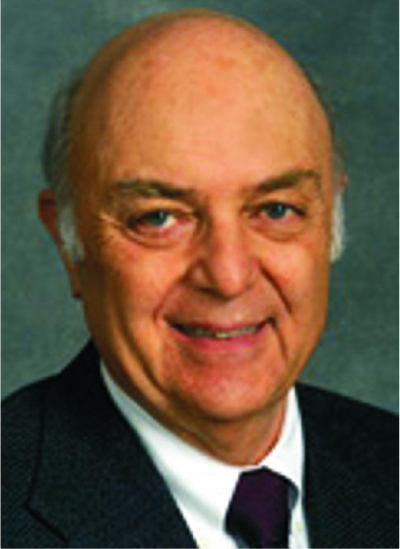Cohen Is APS Vice President for 2003
DOI: 10.1063/1.1535019
On 1 January, Marvin Cohen will take office as vice president of the American Physical Society, succeeding Helen Quinn. He will become president-elect in 2004 and president in 2005. APS’s president for 2003 is Myriam Sarachik.
Cohen graduated from the University of California, Berkeley, in 1957 with a bachelor’s degree in physics. He pursued his graduate studies at the University of Chicago, where he received an MS in physics in 1958 and a PhD in physics in 1964. After holding a postdoctoral position at Bell Laboratories in Murray Hill, New Jersey, Cohen returned to UC Berkeley in 1964 to become an assistant professor of physics. He joined the Lawrence Berkeley National Laboratory science staff in 1965, and has been affiliated with UC Berkeley ever since. He currently is a University Professor there and a senior scientist in the lab’s materials sciences division. Cohen’s research interests include theoretical condensed matter physics, nanoscience, superconductivity, and semiconductors.
Cohen says he has been “thinking about physics every day for the last 50 years. I hope that, when working with the APS over the next four years, I can help promote the support of physics and help to increase its popularity. I believe physics is the ‘central science.’ I do advocate collaborative efforts with other disciplines, and I think physics can provide the rigor in these collaborations.” As far as physics education goes, Cohen plans to work hard on “getting more women and underrepresented minorities involved in physics—especially at the pre-college level.”
In other APS election results, also taking office on 1 January will be the new chair-elect of the APS nominating committee, John Peoples (Fermilab). The two new members of the APS general council are Janet Conrad (Columbia University) and Laura Smoliar (Lightwave Electronics in Mountain View, California).

Cohen

